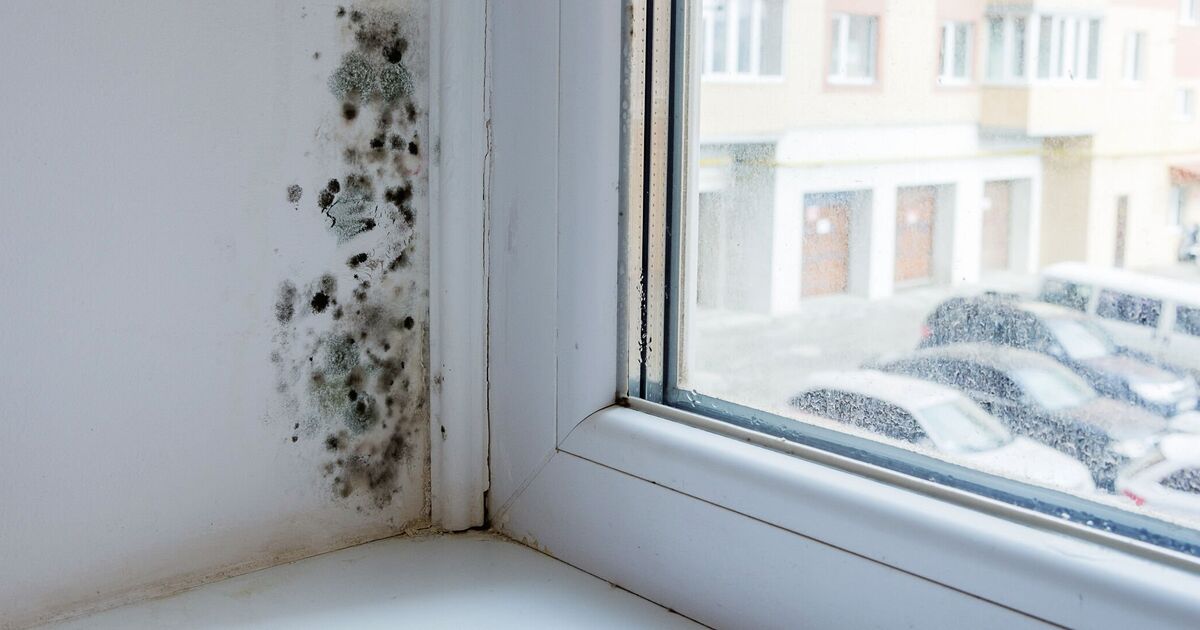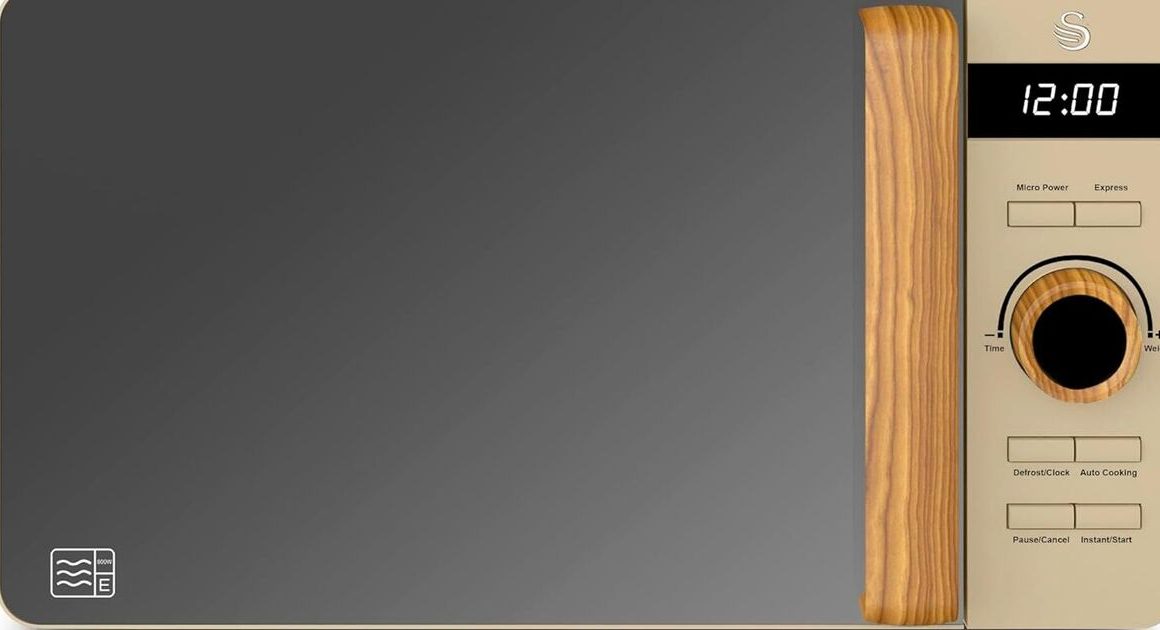During the summer season, a combination of humidity and poor ventilation can create an ideal breeding ground for mould in your home. This has been particularly evident in recent weeks, with the warm and often damp weather causing humidity levels to soar.
However, experts assure that there are methods to tackle this issue – without resorting to specialist or costly products. According to specialists at Clear It Waste, the problem can be addressed using items you likely already have in your kitchen cupboards.
Eliminating summer mould in your home
Vinegar and water
A common household item like white vinegar could be your secret weapon against mould this summer, as it can eliminate up to 82% of mould species. Simply concoct a solution of equal parts vinegar and warm water in a spray bottle.
Apply this mixture to the mould and let it sit for at least an hour. Afterward, just wipe away the vinegar with a damp cloth, which should also remove the mould.
Josh Clarke, manager at Clear It Waste, said: “Most of us will already have some white vinegar in the cupboard, so why not try this low-cost method out? Vinegar is a fantastic eco-friendly and budget-friendly cleaner that can help eradicate mould quickly, however, it may not necessarily be a long-term solution for particularly stubborn mould.”
Baking soda
Harness the power of baking soda for a chemical-free clean that’s safe for your family, pets, and home. Just mix two tablespoons of baking soda with warm water in a spray bottle, give it a good shake to blend, and spritz on the mouldy spots. Let it sit, then wipe and rinse away with ease.
Josh explained: “This method is natural and effective, and if you want some added prevention, simply spray the solution onto the area once finished, and allow it to dry naturally. This can help provide a layer of protection to prevent mould from returning quickly. However, if your case of mould is quite severe, this may not be the method for you, due to the lack of chemicals in this formula.”
Bleach
For tougher mould battles, bleach is your go-to weapon. It’s especially effective for banishing light mould stains in bathrooms and grout.
Remember to don protective gloves and keep pets at bay. Just combine one part bleach with four parts water, and scrub the surface with the mixture. Rinse thoroughly afterwards to eliminate any lingering bleach, and pat the area dry with a cloth.
Josh advised: “It is best to only use this method on bathrooms, tiles, and grout to avoid the bleach ruining any colours, paints or wallpaper. However, it can be a great way to remove mould quickly from bathroom surfaces in particular, where mould tends to thrive.”
Three ways to prevent mould this summer
Good ventilation
A lack of ventilation can create an environment where mould flourishes, so it’s crucial to ensure your home is well-ventilated. Opening windows, using extractor fans and dehumidifiers can all help maintain a well-ventilated home.
Low humidity
Humidity is a primary cause of mould, so it’s vital to keep your home’s humidity levels in check. You can do this by reducing moisture build-up in rooms prone to condensation and using a dehumidifier.
These devices can extract excess moisture from the air, helping to lower dampness levels in a room.
Clean regularly
While it may seem obvious, regular cleaning is key to minimising the risk of mould build-up. Mould and dirt/bacteria often grow together, so pay special attention to areas where mould could potentially be a problem, such as the bathroom.
Regular and thorough cleaning of these areas should help prevent frequent mould growth and accumulation due to the absence of bacteria.
The impact of mould on health
If not properly addressed, mould can have negative effects on your health. Common symptoms of mould exposure include:
Allergic reactions like sneezing, coughing, watery eyes, and skin irritation
Respiratory problems from prolonged exposure
Sinus infections
Asthma attacks
Fungal infections
If you believe mould has affected your health, it’s always best to consult with your GP.











